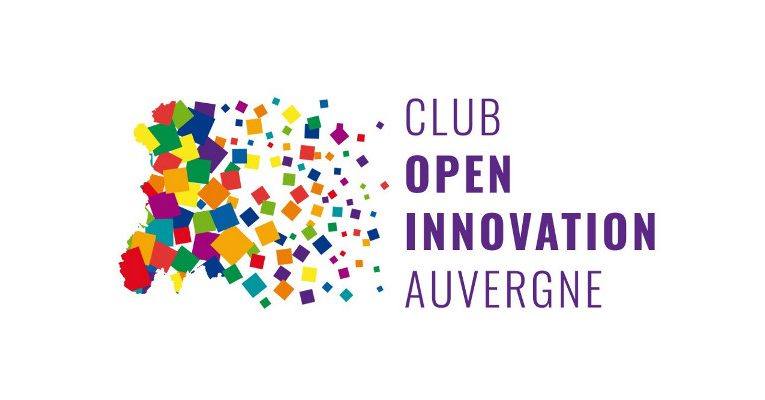Robot-advisor, the new banking advisor: what about humanized customer relations in all this?
For the past 18 months, the customer relationship market has been experiencing a revival of activity thanks to old avatars that have become chatbots, with the delegation of first level questions to a machine by capitalizing on the corpus of multimedia exchanges with its customers existing in the company archives. And the banking sector, which has been heavily criticized by its customers in recent years for the deterioration of its customer service, is not to be outdone.
Even if the confidence in banks rating is on the rise again (cf. source Deloitte), their customers still reproach them for not accompanying them properly at critical moments (e.g. buying real estate, visits abroad…).
So there is still a long way to go in terms of customer relations, and the banking sector has got us used to implementing technological solutions to “replace” the human factor in recent years, some of which have improved the service, but have in no way replaced an interpersonal customer relationship!
The time of endless interactive voice response (IVR)
We have all experienced 3 or 4 level IVR in our respective major banks while hoping to have a real person on the phone able to explain to us why such or such an action on our account has not been correctly or quickly taken into account! These phone platforms, sometimes very well organized but not systematically, were often the only humanized customer relations channel, as the individual account managers in the branches were running at such a speed that you didn’t necessarily have the opportunity to meet them or even remember their name…
Then came the time of digital…servware…
This is the advent of service applications which today play an important role in the exchange system between banks and customers because they offer 24/7 access to the most requested information such as an account statement, transfers, upcoming debits, etc. They also serve as a platform for alerting by email or SMS to monitor the threshold of one’s accounts and avoid staying in the red without realizing it. It is therefore an important value creation for the client who no longer has to go through an IVR or try to get an appointment with his advisor to obtain this information. For network banks, it represents a gain in productivity because the transmission of this information was basically of little value and monopolized a trained and advisor incentive-paid by the sale of new products.
But these tools, sites and applications do not answer any questions. They push information. They do not create any link except to the brand provided the tools are well designed and useful. And how do you create the breeding ground for cross-selling without human relations?
And that of the digitization of customer relations
But all this is ancient history because here comes the “digital revolution of customer relationship with bots and in particular the “robot-advisor”, the super bank advisor who relies on artificial intelligence, ensures a very high availability and can exchange in different languages! Yes, but he is not human. One example of this is BNP Paribas AM, which has just acquired Gambit, a “robot advisor” solution, by taking a stake in Gambit Financial Solutions, a Belgian Fintech created in 2007, which has notably developed a customer experience digitization service for banks, investors and insurers.
Et And why not have new robots in our relations with our bank ?
You may ask, but where is the risk, all this seems to be part of a real search for improving customer relations?
Yes, but beware, there is a world of difference between a solution capable of analyzing a situation and automatically proposing the appropriate scripts to develop the efficiency of advisors and the systematic adoption of a dehumanized filter, however effective it may be in interactions with its customers.
So where is the right solution ?
The solution is balance and management of key moments, that moment when a machine, however intelligent it may be, must determine that it will have to hand over to a human being to manage the situation correctly from the customer’s point of view, when the expectations, the unsaid, the feelings attached to the situation must be detected to make room for a human with emotional intelligence and capable of adding this dimension to such exchanges.
Because all of us, clients of network banks, want to be able to tell, explain and argue our doubts, our projects and our expectations to our banker, the one who holds many keys associated with each stage of our lives. And this does not fit into a script even with AI…
But network banking is not the only sector to be tempted by the “all-technological” in relationships with customers: the next article will be devoted to telecom operators torn between rooted technical solutions and customer satisfaction.




